Nona Inescu: Bodies In Nature
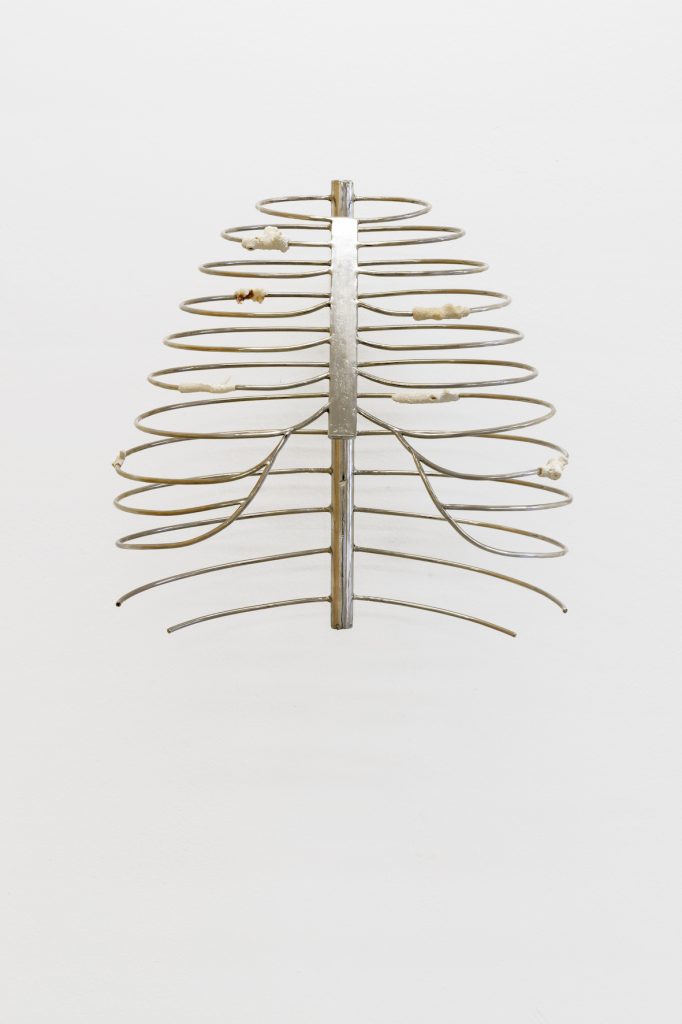
Connecting human bodies with nature is the focus of Nona Inescu’s practice. Her works explore our relationship with the natural world, redefining perceptions of the environment.
Inescu was born in 1991. She studied at the Chelsea College of Art and Design, University of the Arts, London (2009-2010) and the Royal Academy of Fine Arts, Antwerp (2010-2011). She completed her education at the National University of Arts, Bucharest, 2016 (Photography and Video Department). Solo shows have been mounted at the SpazioA (Pistoia, Italy), Kuenstlerhaus Bremen, and Sabot Gallery, Cluj (Romania). Group exhibitions have been shown at the Tallinn Art Hall (Estonia), Polansky Gallery (Prague), Savvy Contemporary (Berlin), Frac de Pays des la Loire (France) and the Trapéz Gallery (Budapest). She lives and works in Bucharest, Romania.
FRONTRUNNER spoke to Inescu about the boundaries between humans and nature, in both a literal and metaphorical sense.

Introvert II (2017)
Concretion stone, chrome-plated steel cage, leather
Courtesy of the artist
How would you describe your practice?
I work in a variety of media. So, it’s interdisciplinary: ranging from photography, objects, installations, and video works. It’s mostly about the human body’s interaction with the surrounding environment, about nature and our relationship with it. There is no clear activist message to get across. It’s about opening up the topic, exposing different possibilities, and questioning the way that we perceive and relate to other beings.
How has living in Romania influenced your art?
I try to find resources around me. The natural environment here, which is unique to Romania, gave me a specific direction to explore some elements. Of course, there are some artists that I admire. For example, Geta Brătescu, she’s one of them. Ana Lupas, she’s a different Romanian artist. They were more active in the ‘60s and ‘70s, and they are important female role models within the local art context. But their influence is not very direct. I try to find my own voice.
Talk me through your creative process.
It’s somehow shaped as a series of events. I read, I watch things, it’s also my travels. So, if I encounter something that I am particularly intrigued by during that time, and I think there is some potential to explore, I go for it. Then I start focusing on one subject and I try to look at it from many angles. It’s more like a research process at the beginning, and then I try to find ways of making connections between the ideas and the materials.
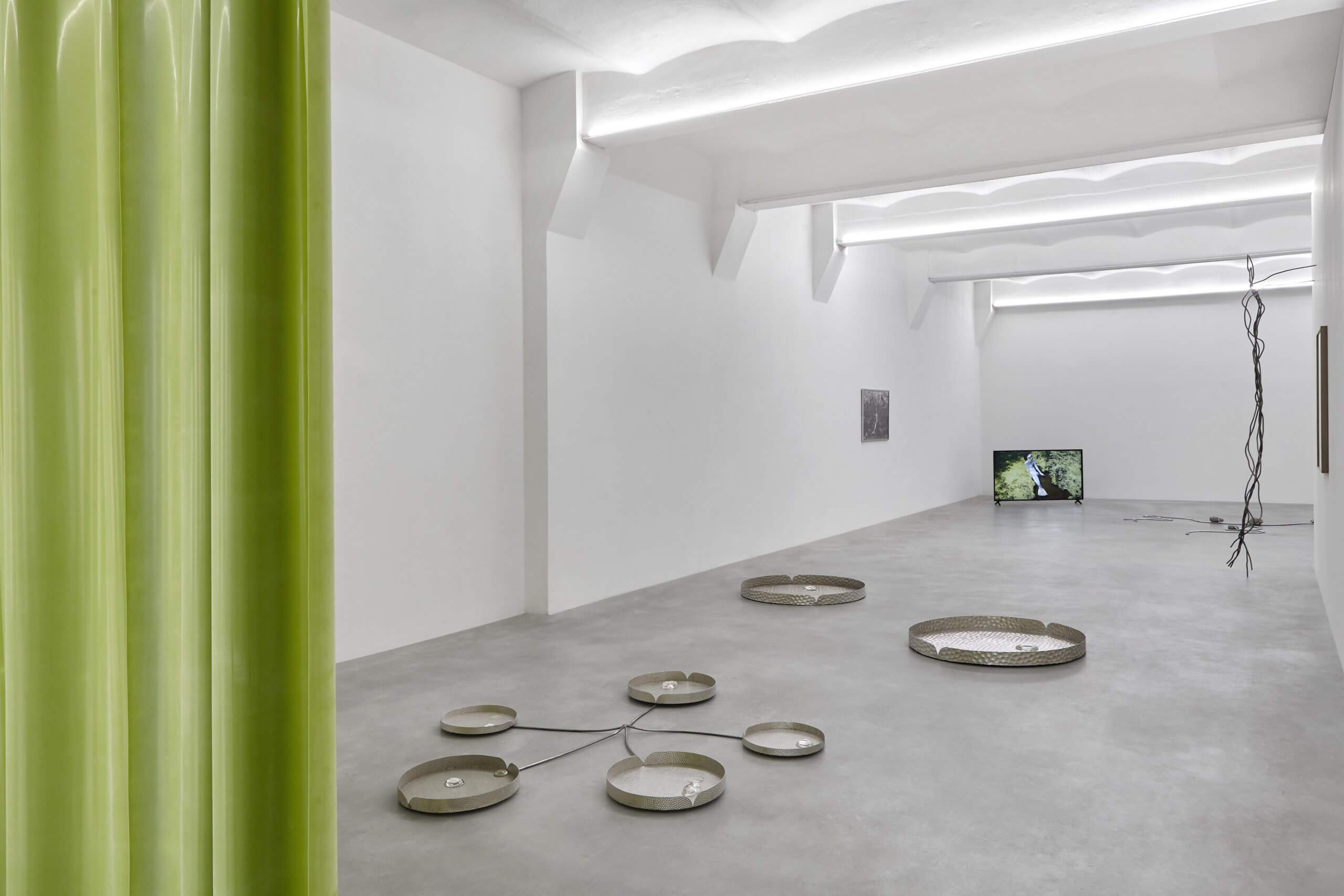
Waterlily Jaguar (2021)
Exhibition view, SpazioA, Pistoia
Courtesy of the artist and SpazioA (Pistoia)
How has literature inspired your work?
Sometimes poetry and other types of writings are used as a starting point, or as a way to contextualize my work. For example, I found a poem by Wisława Szymborska, and I actually borrowed the title of her poem for one of my works as well as for the exhibition title. So, it was kind of the frame for it all. Another piece of writing that really influenced me was by British writer, Jacquetta Hawkes. She was an archaeologist, but also wrote this book about the geological genesis of Britain. What I liked about her writing is that it’s a hybrid in the sense that it cannot be defined within the primary literature genres. It’s genre-bending. I’m also interested in finding different types of voices – mostly by female writers – to break into a dialogue with them.
Tell me about the Water Lily Jaguar exhibition.
The first thing that I envisaged for this exhibition was the video work. I wanted to have these underwater shots of the hidden environment beneath the waterlilies. So, the starting point was this water lily perspective from underneath; but also, the historical photographs of large lily pads that hold people – this structure that is so strong and is engineered by nature. Last year, I was able to go to the Danube Delta, and a lot of the shots were filmed there, which is a unique ecosystem in itself. The video was a central part of the exhibition from the beginning – it’s like a synthesis of all that’s around, so it makes a lot of sense to have it in relation to the other works.
Do you always envision a “body” in the metaphorical sense?
Not always. But, in general I’m interested in these unexpected connections and how to expand the notion of a body. I try to look at expanding the idea that a body doesn’t necessarily need to be human, and that all sorts of other things have agency – there’s more to the world than ourselves.
Tell me about Verterberries (2019).
I took a lot of inspiration from the display structures that you encounter in the Natural History Museum. The fact that you cannot get closer to these objects that are on display; the structure seems to be an artefact in itself. It builds up this frame in how we imagine and define our relationship to the natural world, something that needs to be fetishized, or put on display. I have this series of works called Introvert (2017), consisting of concretion stones being constricted by metal cages. With that, the starting point was the fact that these stones can develop and grow for hundreds, thousands of years. So, putting them in a cage basically restricts their growth, while also underlining the fetishized view upon nature.
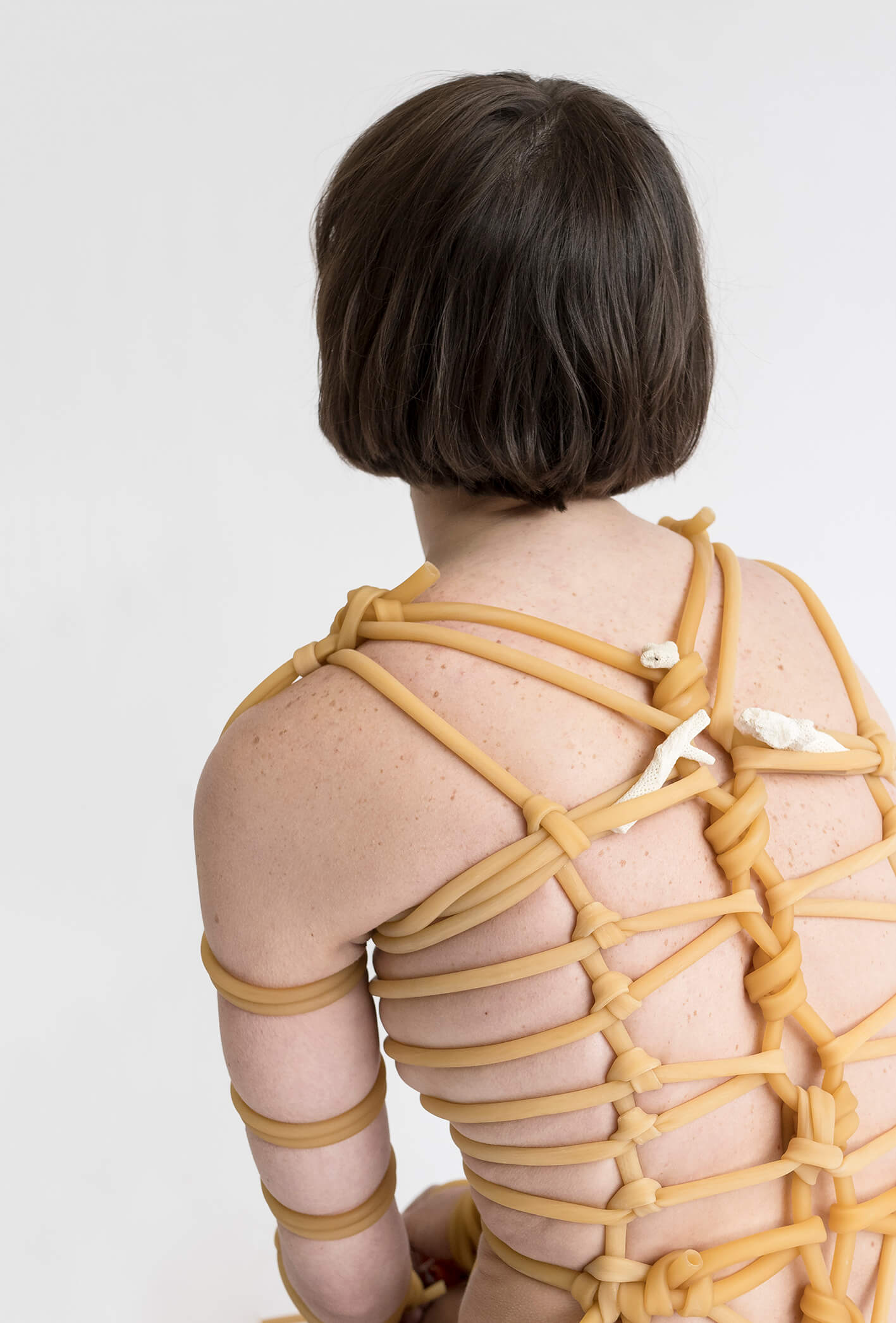
Verterberries (2019)
Archival print on Hahnemuehle Rag Satin
100 x 70 cm
Courtesy of the artist
Hands are a key motif in your work. How did that come about?
Using human body parts like hands is a very direct way to get my work across. It started in 2015 – I took a lot of photos of my hands, as it was a sufficient way of documenting what I was interested in. Then it stuck with me and became more like a marker for the human presence in nature – something that is part of it, but at the same time can be damaging. A particular work comes to mind: Deep breathing (2019), which is a rib cage, and has these kinds of coral insertions. For that work, I was interested in the molecular similarity between the calcium from the bones and the calcium from the quarrels. They’re basically the same and we are totally compatible with them. So, you recognise that it’s references a human body structure but then there’s the other thing that you don’t know so much about. It was a very efficient way to open up the conversation.
What is missing in our relationship with nature?
Knowledge and empathy is what’s missing. There are all these talks about climate change and environmental disasters, and I think if we know more, we can become more empathetic and proactive about making change. Otherwise, if we completely ignore our role in this natural environment, then disasters happen. It is also important to tackle these issue in an intersectional manner. For me, working with this topic is always a good opportunity to research and learn more about it. So, we really need to have this conversation more often and then our perspective will shift and our actions will hopefully follow.
What’s missing in art?
I think some equity and equanimity is what’s missing. For example, in Romania, state funding and support is almost completely missing. We don’t have governmental support, funding resources or anything. So, here, if you want to become an artist, you’re on your own, which is quite tough. That’s one thing that’s lacking in my case.
What advice would you give to your younger self when trying to break into this industry?
To have more self-confidence and less impostor-syndrome.

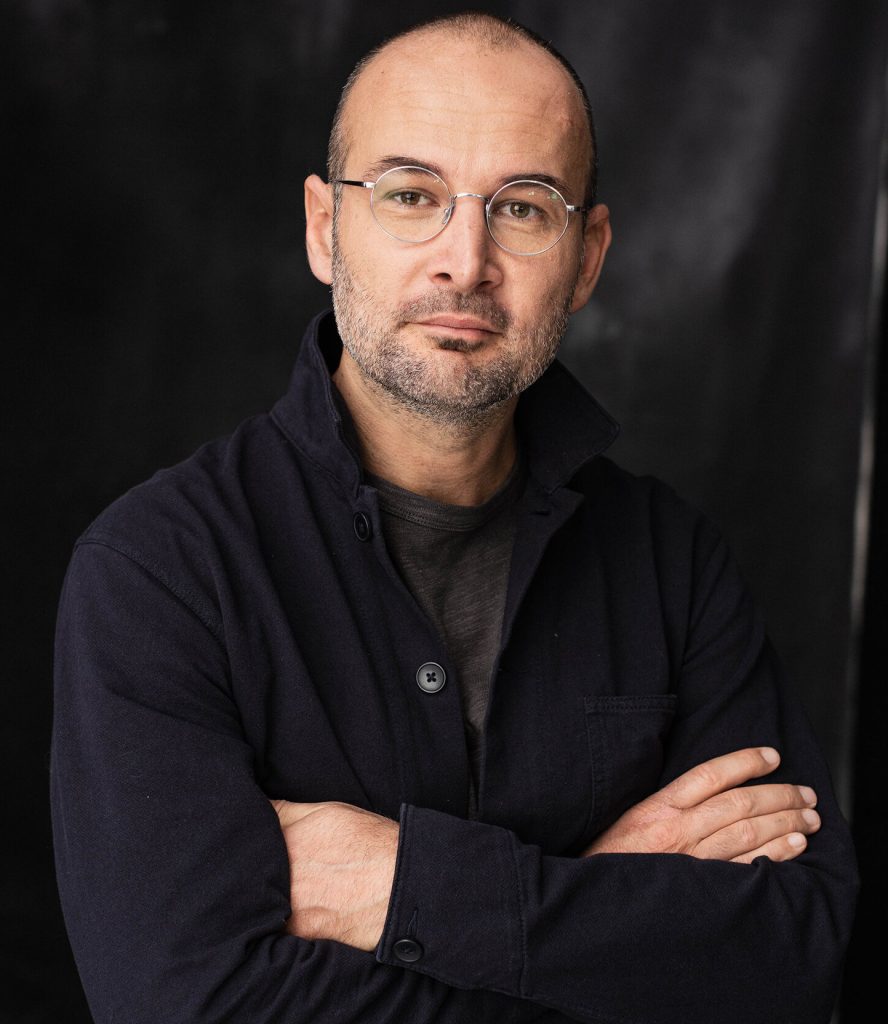
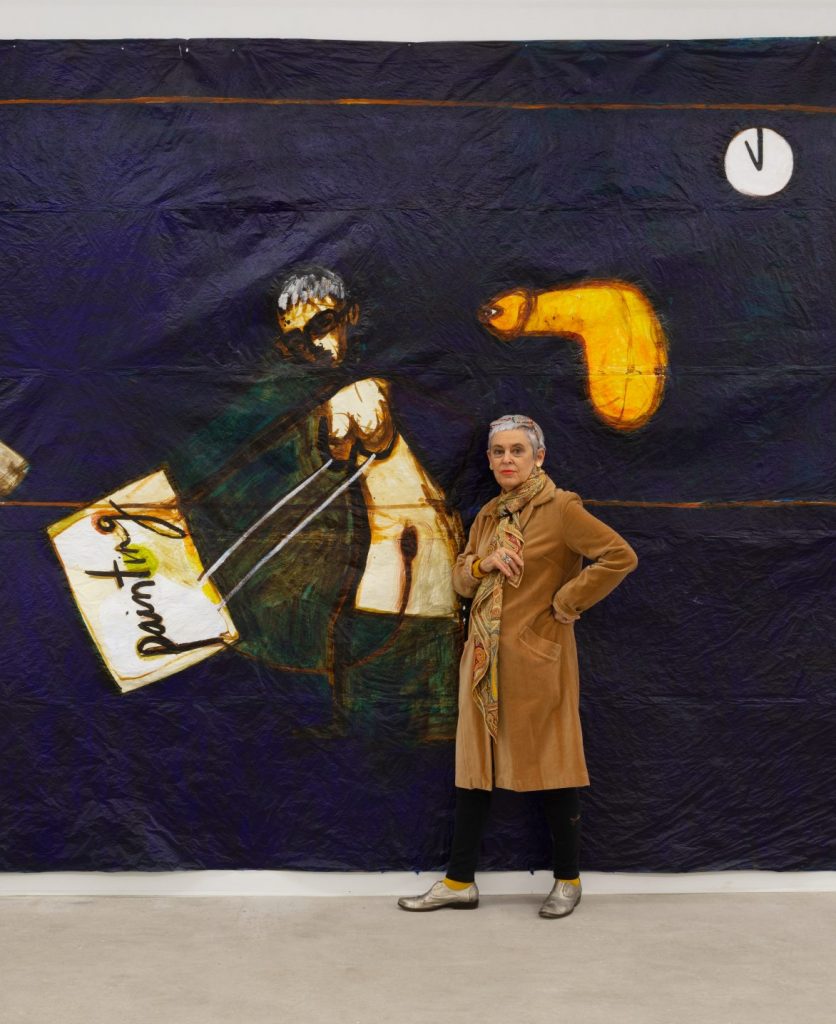
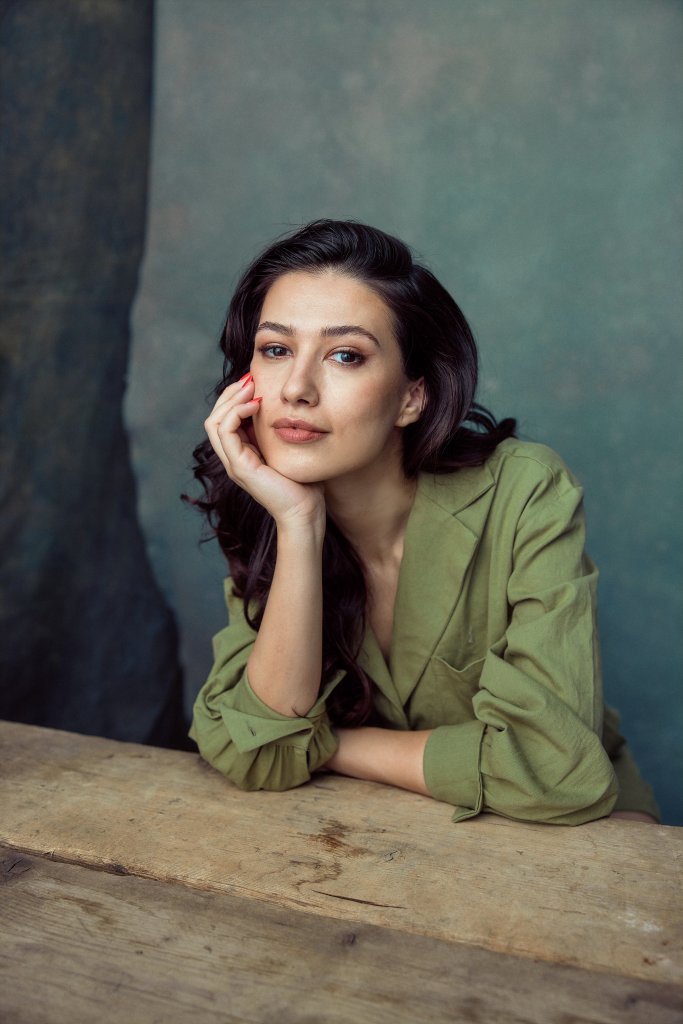
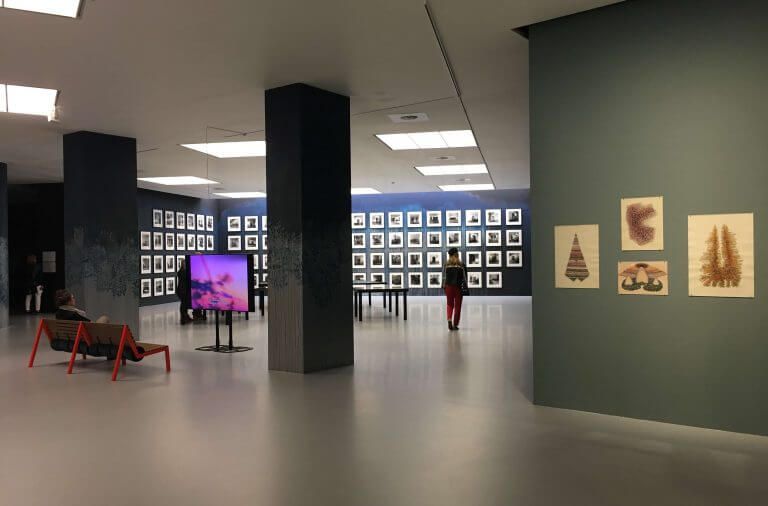
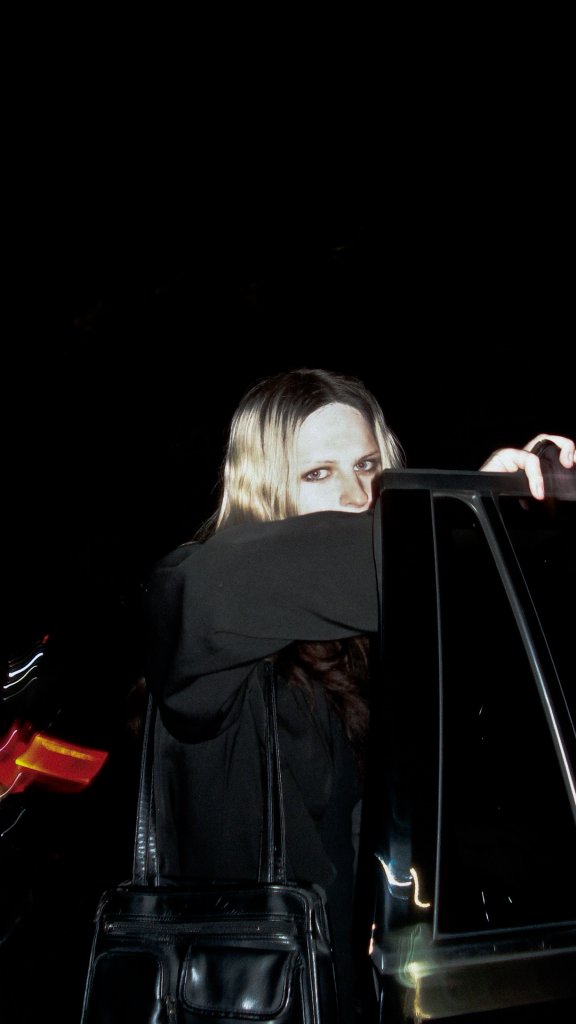
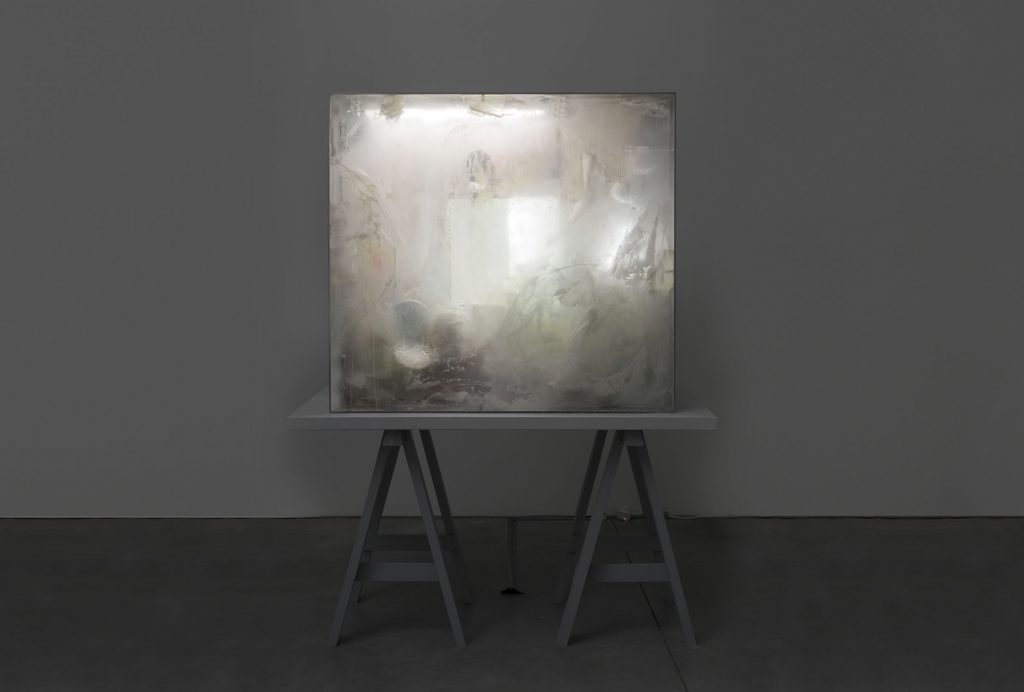

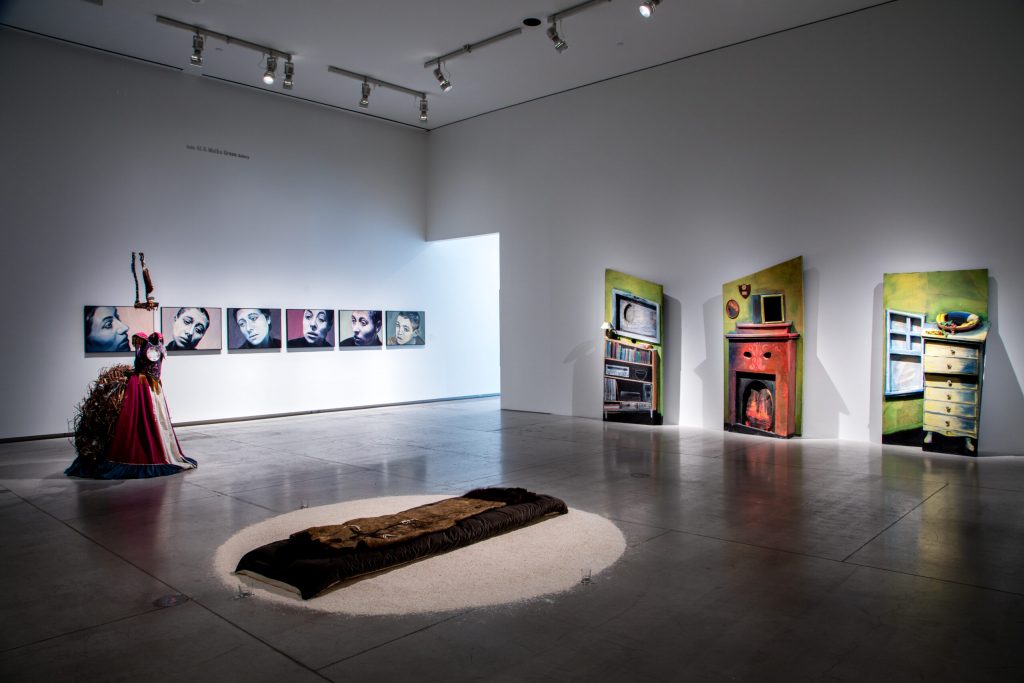
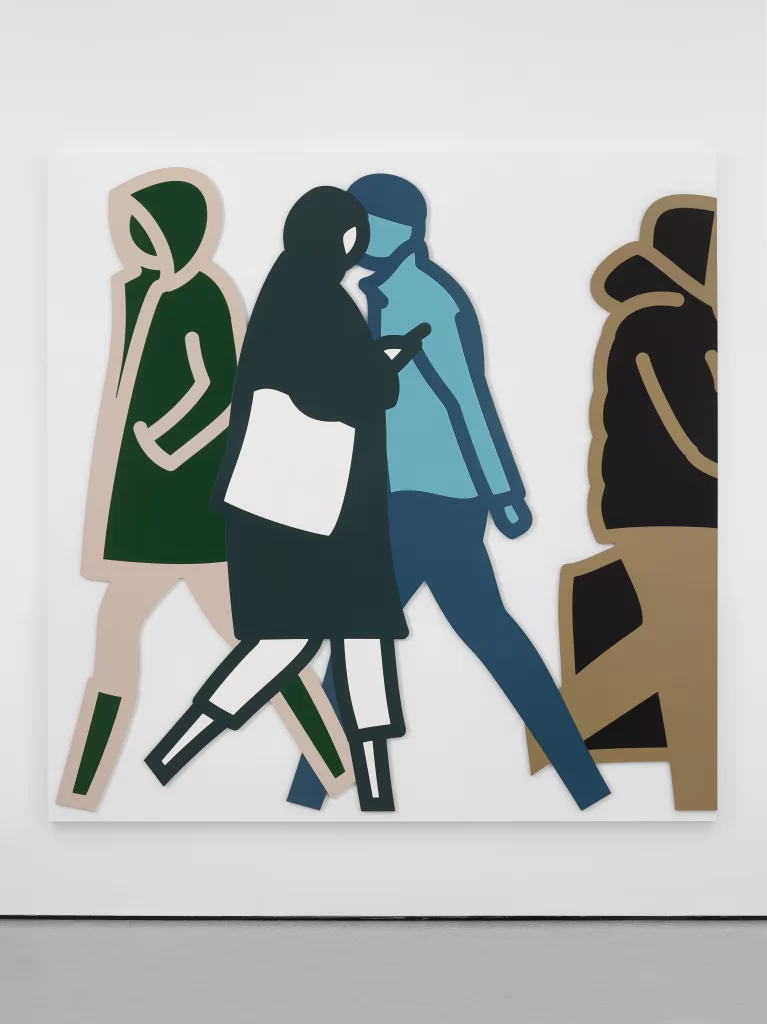

Responses